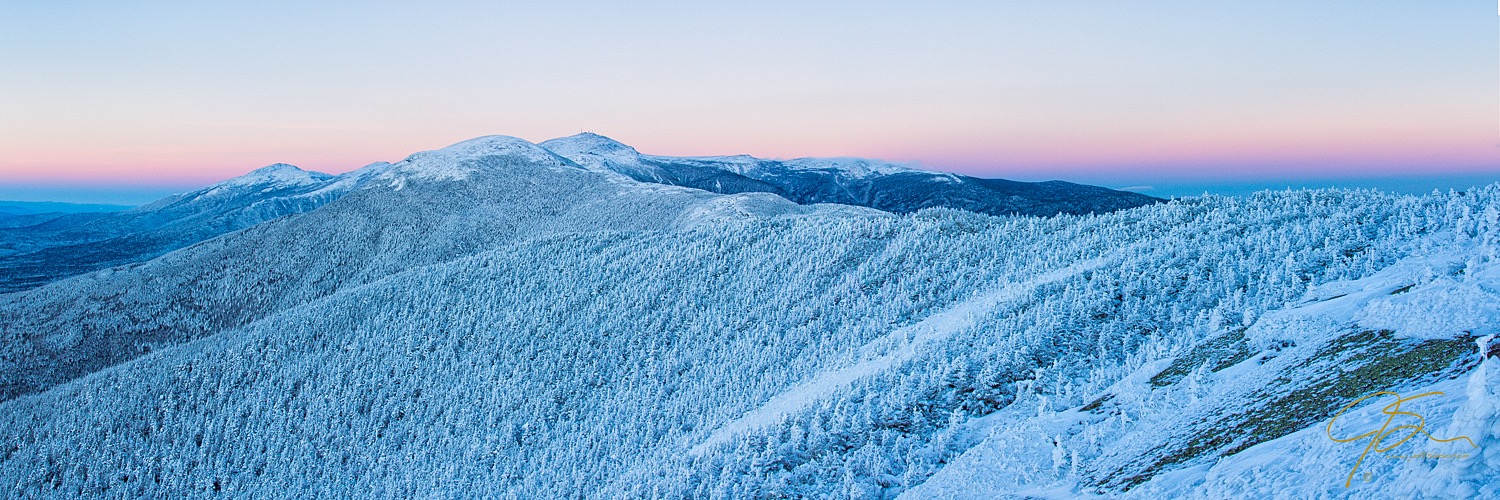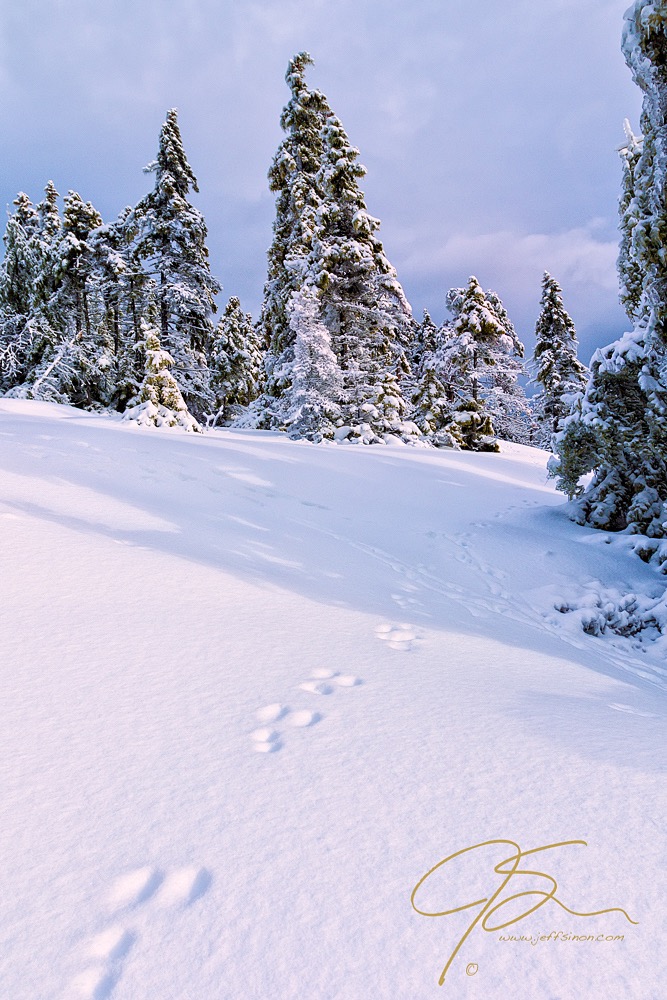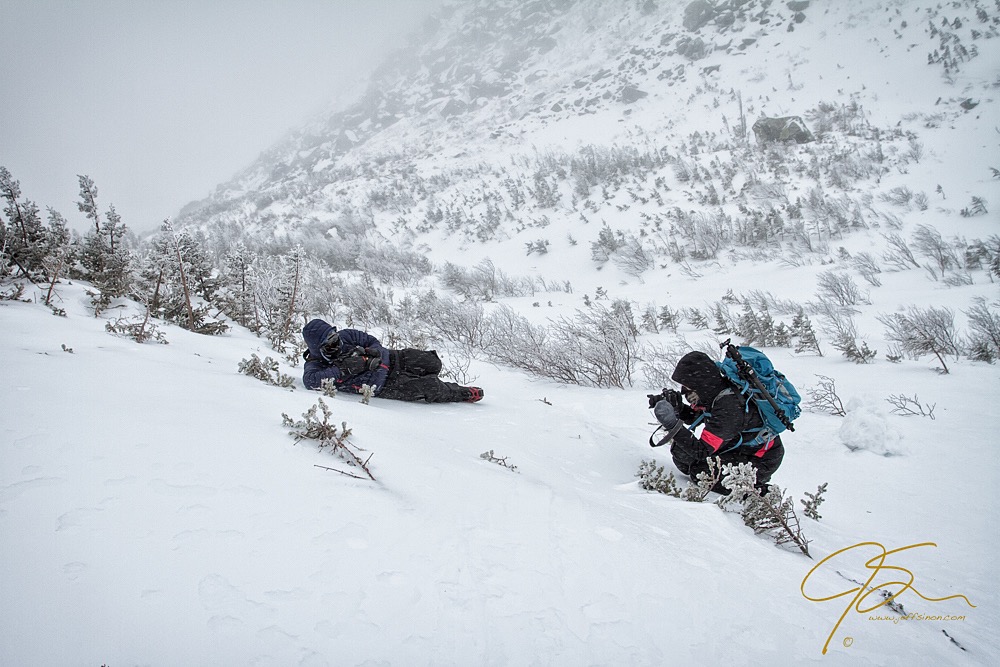
Winter is on its way and with it comes wonderful snow-covered landscapes. Here are a few tips to help with your winter photography.
Winter is my favorite time of year to photograph. There’s nothing like the view from a snow-capped mountain at sunset, a frozen waterfall or a forest covered in a fresh blanket of white to motivate me to grab my camera and go!
One of the reasons I enjoy winter photography so much is the lack of crowds at most of my favorite photo locations — which is a shame, because those of you who’ve put your cameras away until spring have no idea what you’re missing.
Here’s a few of my go-to winter photography tips.

1. Increase exposure to prevent gray snow
One of the biggest mistakes people make when photographing snowy landscapes is to let their camera do the thinking for them when it comes to exposure. Your camera is very easily fooled by all that white, and if you allow the camera to choose the exposure, I can almost guarantee that you will end up with gray snow.
The cure for gray snow is to increase the exposure.
Your camera wants to make everything an 18 percent neutral gray, so when you fill the viewfinder with all of that bright white snow, the camera sees it as too bright and will therefore try to correct this by trying to underexpose the scene. The result is almost always going to be gray snow.
In order to get the brilliant white snow that you really want, you have to take control and set the exposure yourself.
When photographing snowy scenes, I compose my photos as I normally would, then I’ll adjust the exposure so the needle on the meter in the viewfinder (or on the LCD if you’re using live view) until the meter shows from 1½ to as much as 3 stops over exposed (needle to the right of center). In effect, what you’re doing is overriding what your camera wrongly thinks is the correct exposure. You’ll have to do some tweaking to get it right, so use the histogram to ensure you’re getting the exposure correct without overexposing.
2. Work the scene
When I find a photograph I want to make, I slowly work the scene from a distance in a wide arc, gradually moving deeper into the scene. Along the way, I try new compositions until I think I want to make my final image. The main reason for this is footprints. I almost always want pristine, untracked snow in my winter scenery. If I go rushing in and tracking up the snow, I’ve potentially ruined all but the one photo I thought I wanted to make. Animal tracks are OK, but the last thing I want is a scene ruined by my own footprints.
Be patient; work slowly. You can’t unmake footprints in the snow.
3. Protect your camera from winter cold
Disclaimer: The following advice and tips has worked for me with no damage to any of the six Canon camera bodies I have owned. Use at your own risk.
One of the most common questions I get from people interested in my winter photos is, “How do you protect your camera from the cold?”
With the exception of a few basic precautions, I don’t do much.
Canon, my brand of choice, lists the operating temperature range as 32 degrees to 104 degrees. I can tell you that I’ve had every one of the six different cameras I’ve owned out in temps as low as minus 12 degrees. with absolutely no problems. My friends Adam and Traci, seen in the photo above, regularly take their Nikons out in similar conditions.
The one thing in my experience that is affected by very cold temperatures are the batteries. Camera batteries don’t last nearly as long as the temps drop. For this reason, I suggest carrying at least one spare, though two is better. And keep them warm. I keep my spare batteries in an inside pocket close to my body where they’ll stay warm until I’m ready to use them.
Bonus battery tip: Warming a “dead” battery can bring it back to life enough to get a few more shots.
A few more quick winter landscape photography tips
1. Avoid exhaling on your viewfinder or the front element of the lens. The moisture will freeze, making it impossible to take photos.
2. Never bring your ice-cold camera directly into a warm room. Doing so will cause condensation to form on — or worse, inside — your camera, where the moisture may cause permanent damage. To avoid this, I place my camera in a tightly closed plastic bag before bringing it into the house. With the camera sealed inside the bag, condensation will form on the outside of the bag and not on your precious camera. Slowly let the camera acclimate to the warm room before taking it out of the bag.
If you just can’t wait to upload your photos, take the memory card out of the camera before sealing the camera in the bag.
3. I keep hand warmers in the pocket with my spare batteries to doubly ensure they stay nice and toasty warm.
4. Try to get out as soon as possible after a fresh snowfall. The landscape looks so much better blanketed in fresh fluffy snow.



Share tips, start a discussion or ask one of our experts or other students a question.
No Responses to “The BEST Tips for Taking Better Landscape Photos This Winter”